Which headphones or earbuds did you last buy? Most likely they were wireless, as over 80 percent of all headphones sold in 2021 were. And I understand that, because I have several pairs of wireless earbuds and headphones myself. They are convenient, not least because modern phones completely lack a headphone output.
And wireless can sound pretty good, but rarely great. Bluetooth compresses and degrades the digital audio format, and the built-in digital conversion and amplification in the headphones – and especially in the small earplugs – is of a rather beggarly calibre.
Hi-fi enthusiasts should therefore have at least one pair of decent headphones and/or wired earbuds. But what about on the move?
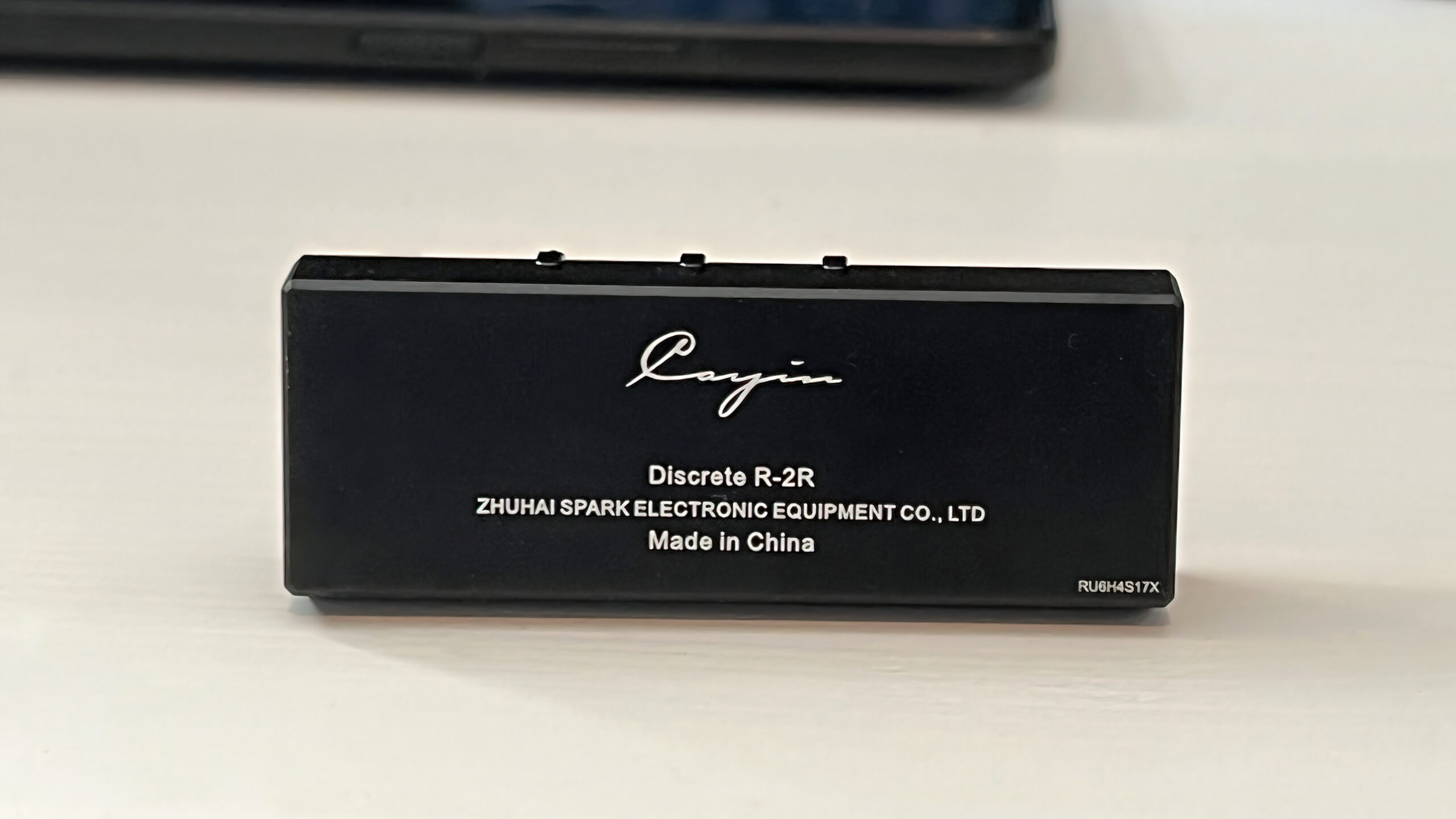
Cayin RU6: A portable headphone amplifier
Simple. A portable amplifier with built-in DAC does the job. Take the Cayin RU6 – a vanishingly small headphone amp with built-in digital conversion that’s the size of a lighter. It connects to the Android phone with a small cable with USB-C at both ends, while iPhone users need a cable with Lightning connector at the opposite end.
A 12 cm short cable is offered as an option for the RU6, for a few hundred crowns. By comparison, an original Apple cable is at least a metre long and curls more in your pocket.
One secret behind making the RU6 so small and light, without, according to the manufacturer, sacrificing sound quality, is the principle of digital conversion. Called R-2R, the principle converts the digital signal using small resistors in the circuit: one pair of resistors for each bit of dynamic range in the signal, for a total of 24 pairs.
It is a much simpler circuit than usual, with the number of resistors doubling for each bit increase. This can be an ingenious solution, but it places high demands on the quality of the resistors.
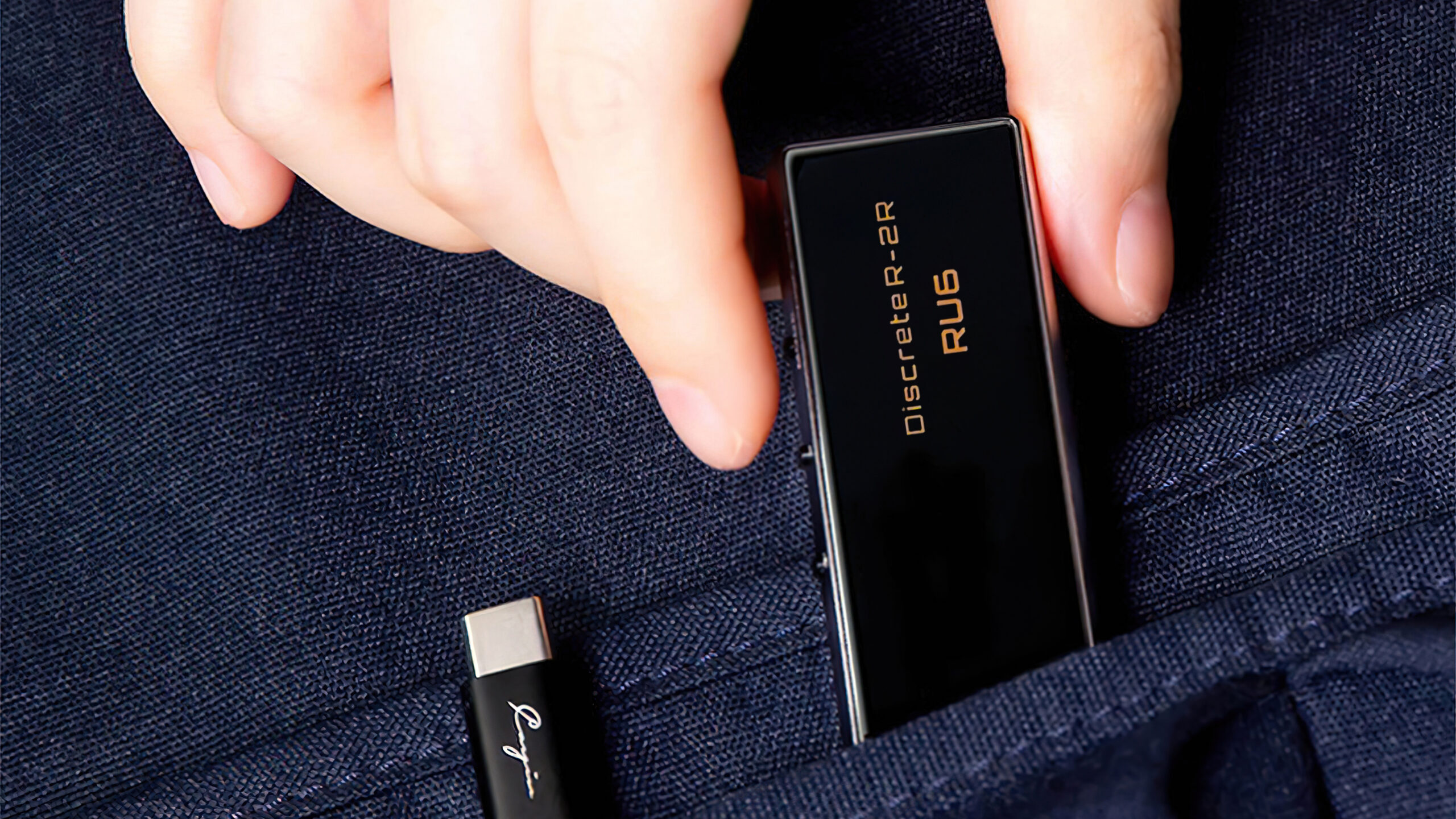
384 kHz
The Cayin RU6 supports digital resolutions up to 24 bit/384 kHz with standard PCM signal. The rarer DSD format, which almost no streaming services use, is supported up to DSD256 (11.2 MHz). You may also have some DSD files stored on your PC, which can be played back by converting the signal losslessly to PCM. The principle should mathematically be completely lossless and is also known as DoP, or “DSD over PCM”.
As a nice bonus, the DAC has a small OLED display that briefly displays the digital resolution of the music being played before it goes black. Press the Mode button to turn the display back on.
Holding down the same button takes you to a simple setup menu where you can choose between high or low gain, oversampling on or off, and whether to turn the screen off after X number of seconds. Maximum 60.
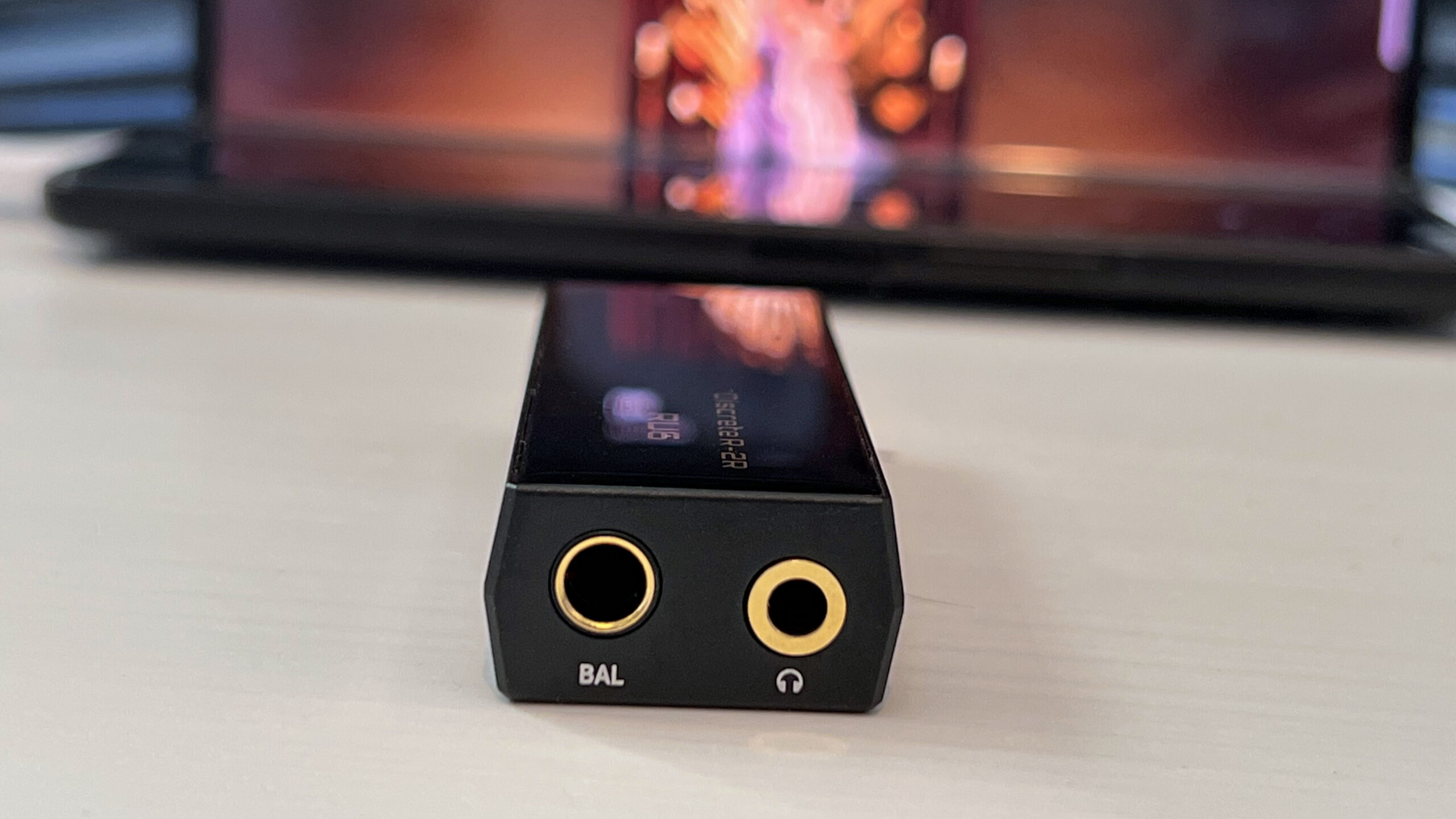
As an amplifier
The RU6 has digital volume control, which overrides that of the connected mobile phone or PC. This means that you can’t use the phone or PC to adjust the sound; that’s done with the buttons on the RU6.
The DAC, as mentioned, is also a headphone amplifier, although how much it amplifies is limited. For example, I got just as powerful sound from the headphone output on my MacBook Pro as with the Cayin RU6 on high gain.
By contrast, the Cayin RU6 is significantly more powerful than the headphone output on my desktop PC’s motherboard (Gigabyte Z390 Aorus Master). With the gain set to low, the difference becomes smaller. Fortunately, the perceived sound quality is the same with low and high gain, so you can really just have it on high all the time.
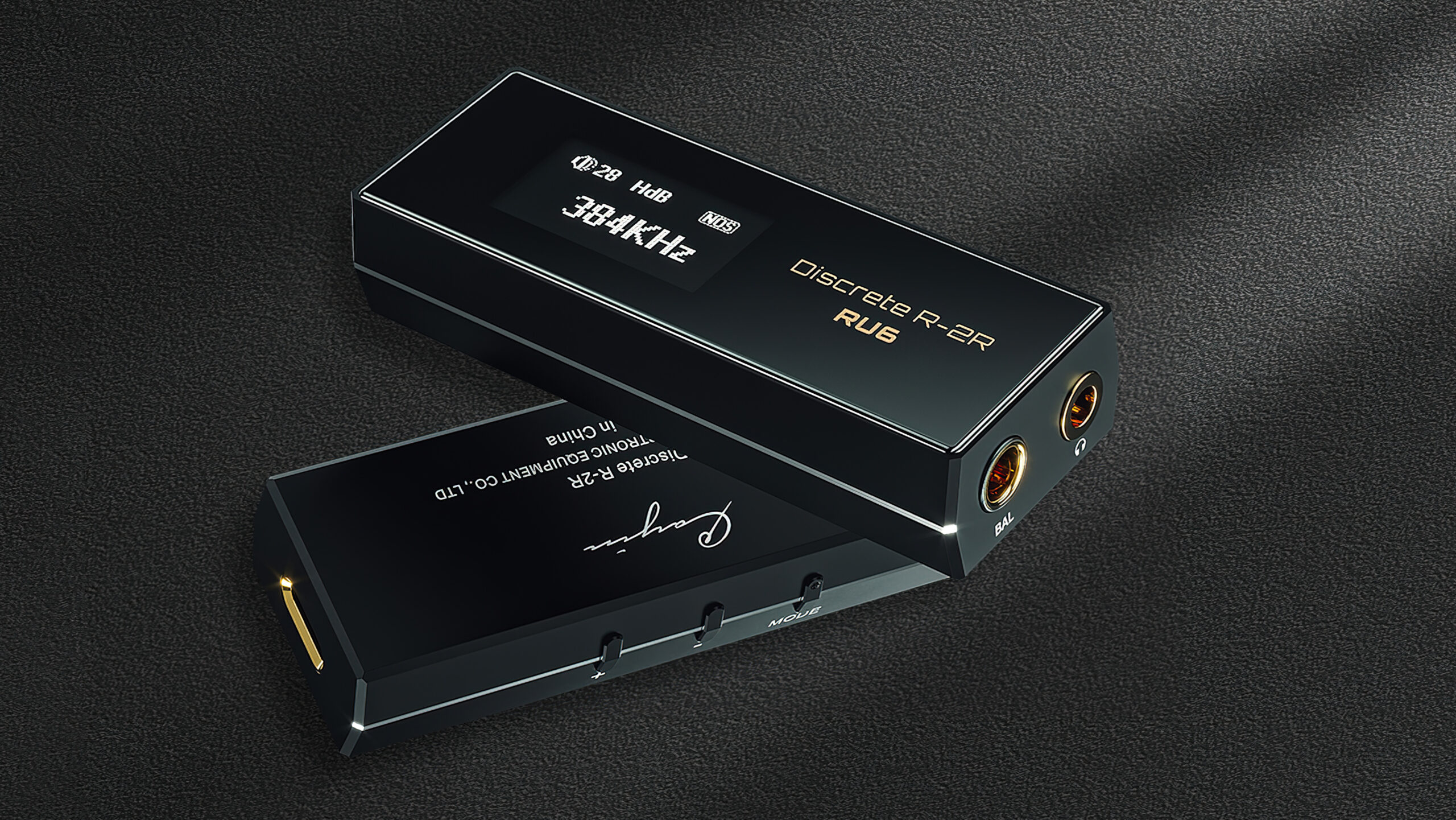
The sound of the Cayin RU6
I’ve been playing with the RU6 for a while now and have come to the conclusion that I don’t like oversampling on it. It does increase the frequency range at the top, but in my opinion it is at the expense of dynamics and liveliness of the music.
With oversampling disabled, the RU6 sounds warmer, with fuller bass, and it actually manages to drive my planemagnetic Drop/HiFiMAN HE-4XX quite well. Even better control it has over the fantastic Sennheiser IE 600 earbuds.
The bass in Lorde’s “Royals” is deep, without sliding out. And Lorde’s voice is fine and rich down in the tonal range. And while she doesn’t show her most airy side at the top, it works upwards too. With oversampling enabled, the information at the top comes through more, but at the same time the sound becomes flatter with poorer bass. Then I can better live with a little restrained overtones.
On Daft Punk’s “Get Lucky” there is a nice timbre in the instruments, and I like the fullness of the electric bass. Pharrell Williams’ falsetto could have been more energetic, as could the cymbals, which lack a bit of brilliance right at the top. But there’s something X-factor here that makes me like the sound of the RU6.
It’s not the most dynamic sound I’ve heard from a pocket amp. For example, the DragonFly Red is a lot more lively and bouncy, and it has better separation of the instruments.
Whether this has anything to do with the R-2R principle, I don’t know, but it’s natural to think that this DAC technology might require higher quality and lower tolerance components than is possible at this price level.
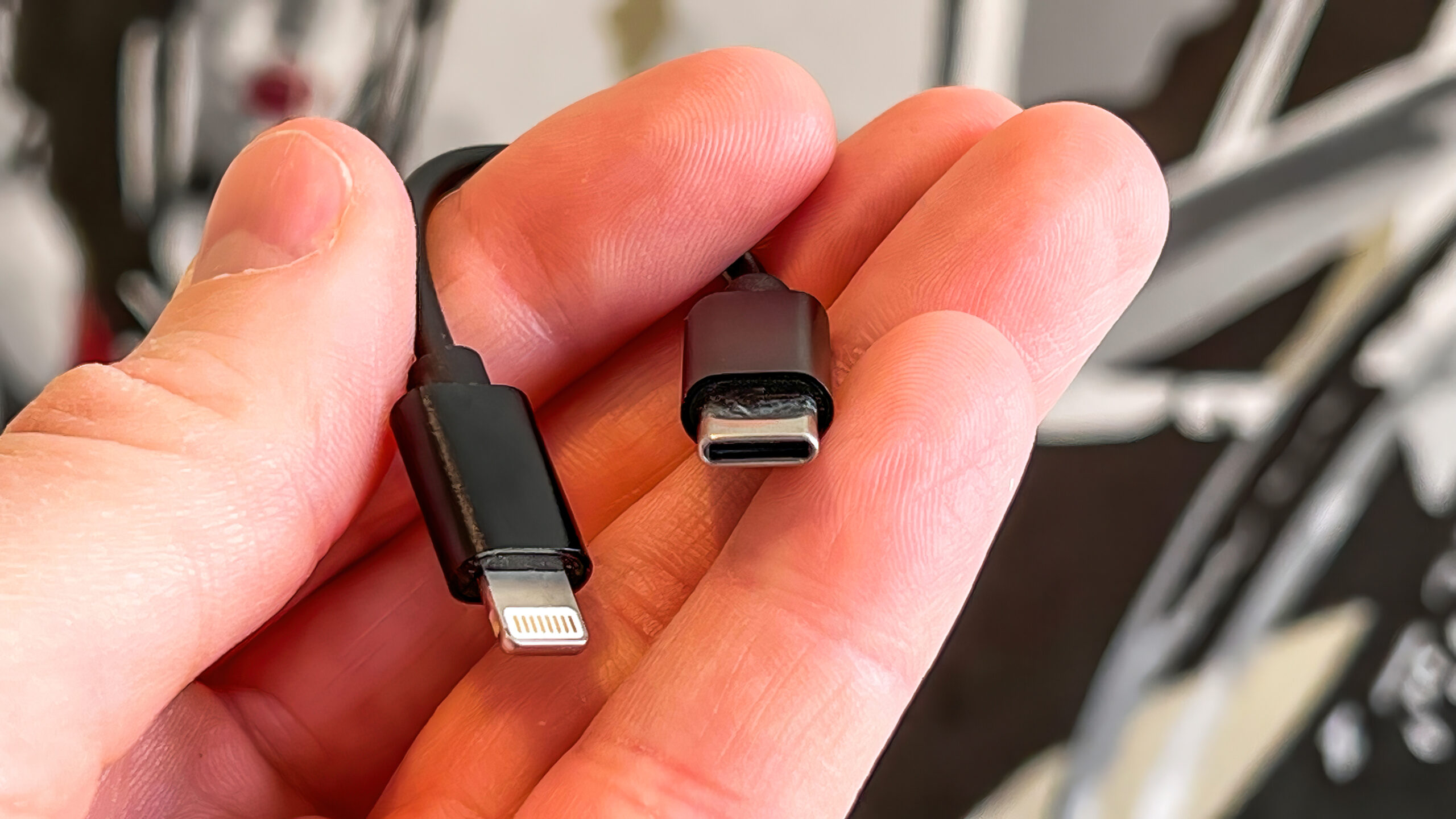
What is sound quality?
And so what if the RU-6 doesn’t tick all the boxes of high resolution and dynamics? The same could be said for vinyl records. If you divide sound into different components like dynamics, phase response and resolution, vinyl will lose to CD and high-resolution digital formats every time.
Still, there’s something about vinyl that makes you just sit and enjoy the music. It’s kind of the same with the Cayin RU6.
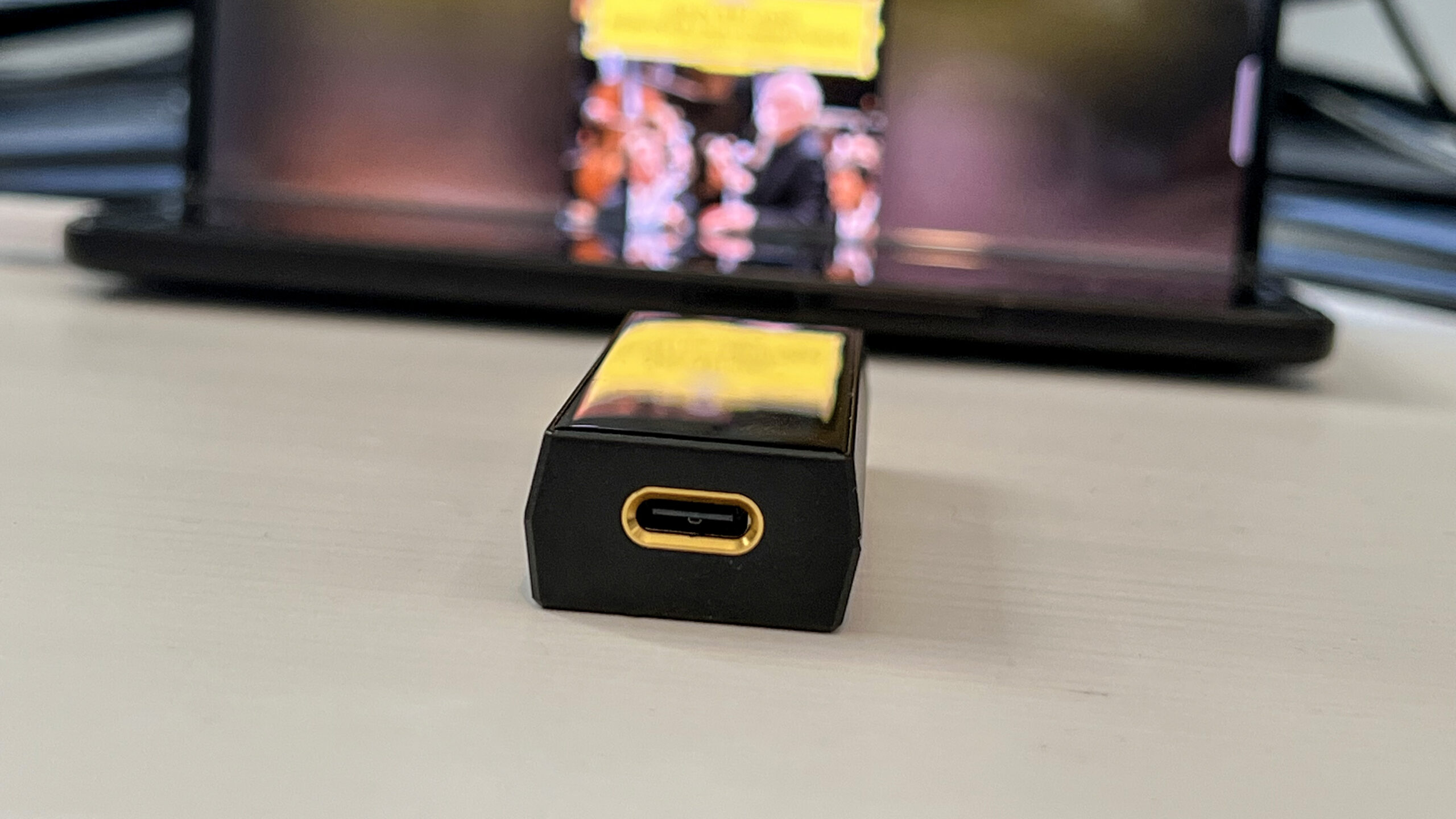
Conclusion
The Cayin RU6 is a fun little gadget. Despite its little quirks, with slight roll-off at the top and slightly weak dynamics, it reproduces music in a fluid and appealing way.
Just like a vinyl record, it puts its own stamp on the sound. It sounds different from other DACs and amplifiers, so you won’t hear the music as you’re used to. Objectively, it may not be the best, but the feeling you get from listening to it should not be underestimated. And if the headphones you have are a little cracked at the top, the RU6 will remedy the problem.
But try before you buy!
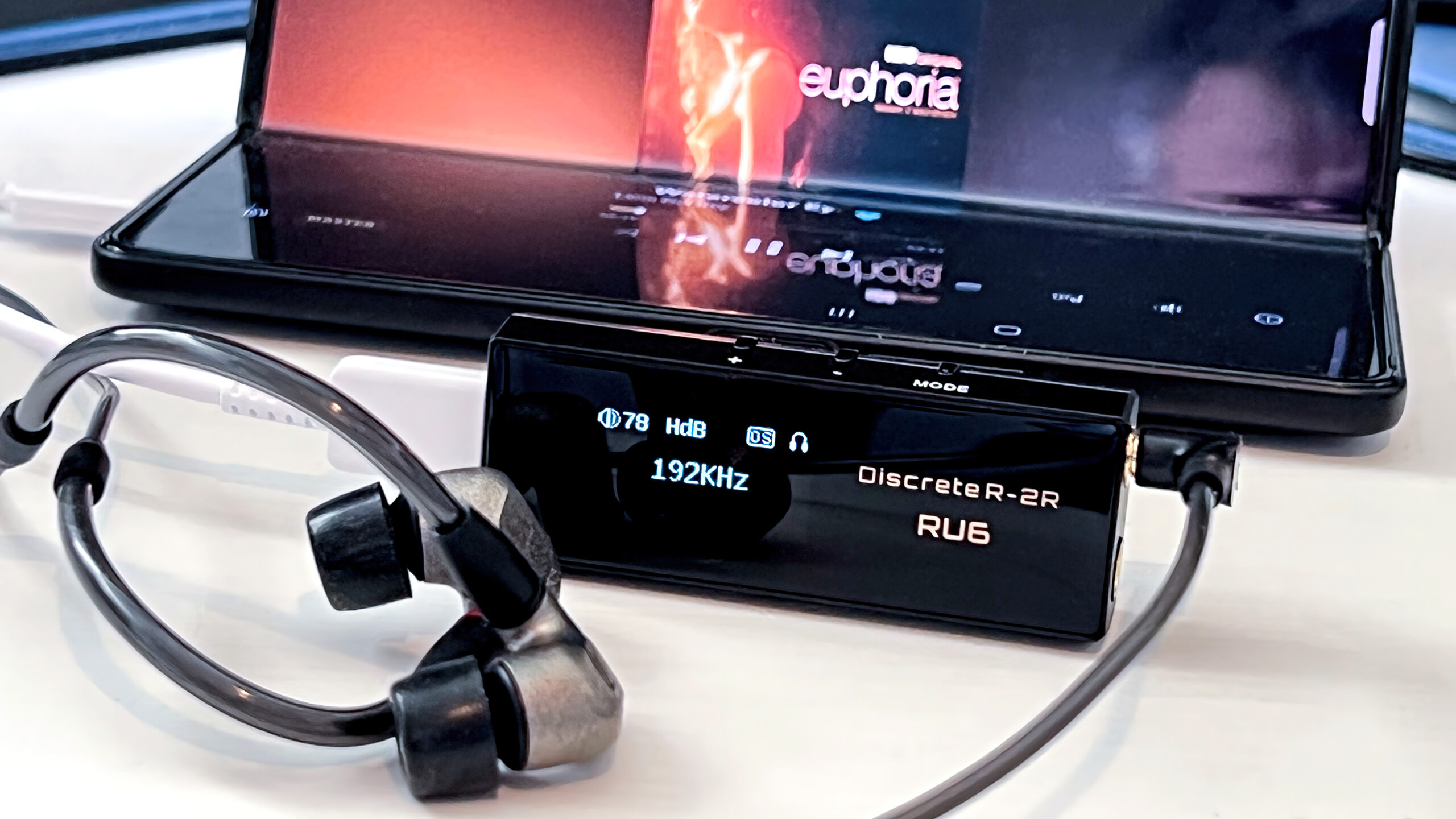

We think
Nice and warm sound, reminiscent of "analog" audio. A little tame dynamics, and the high frequencies are a little subdued.
250 €
Specifications
- Type: USB-C DAC/Headphone Amplifier
- DAC: Separate R-2R, 24 bit/384 kHz PCM, DSD256
- Output power: 138 mW v. 32 ohms unbalanced / 213 mW v. 32 ohms balanced
- Output impedance: 0.5 ohm unbalanced, 1 ohm balanced
- Dynamic range: 109 dB unbalanced, 110 dB balanced
- Connectivity: USB-C
- Outputs: 3.5 mm unbalanced, 4.4 mm balanced
- Web: en.cayin.cn
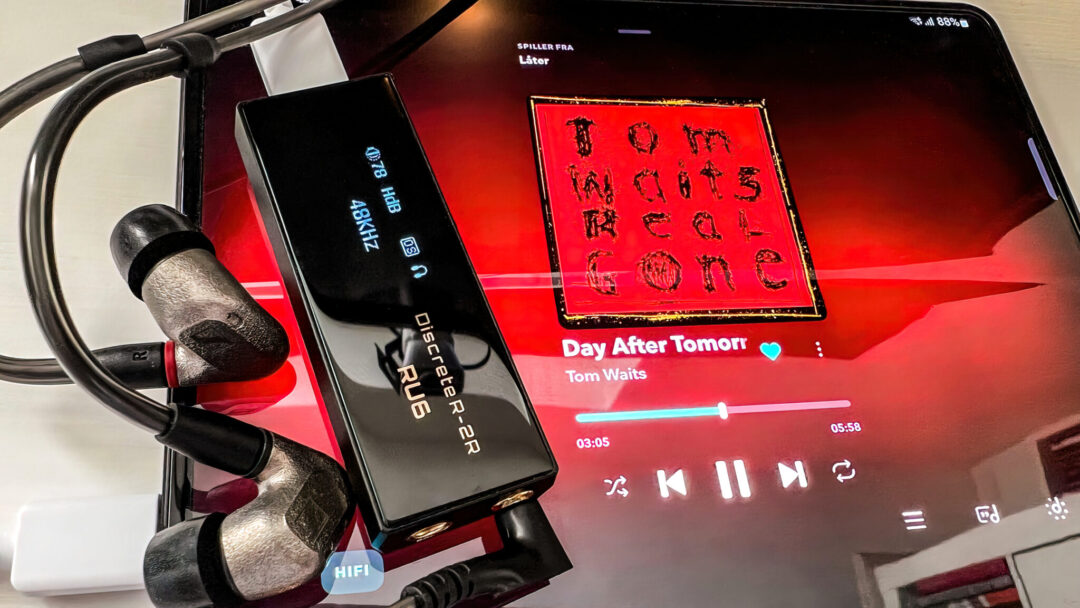

I use noise cancelling cans for my autism but never played sounds into my ears like this.
I plugged this in to my 2 channel stereo system, this is the Ares II killer.